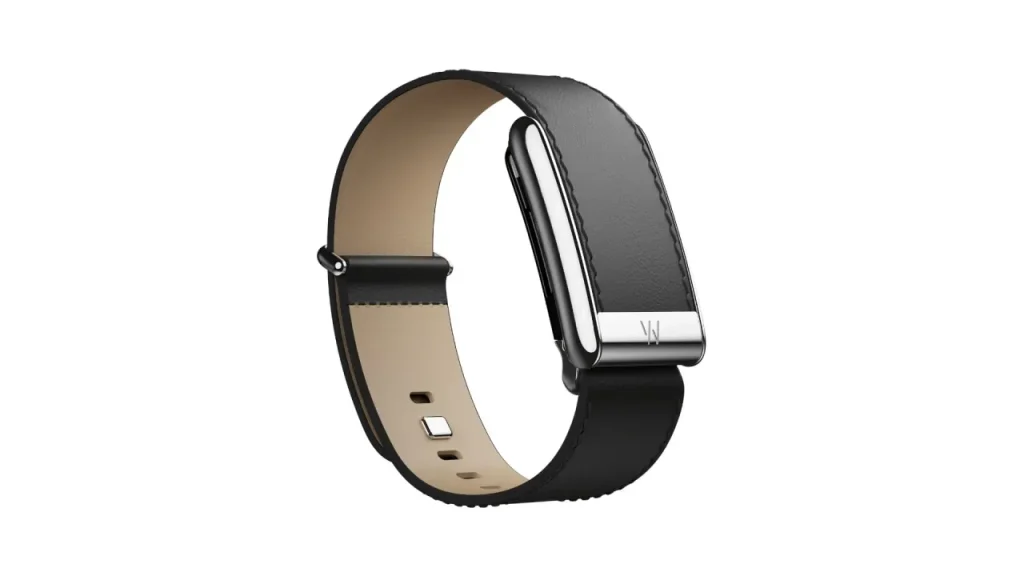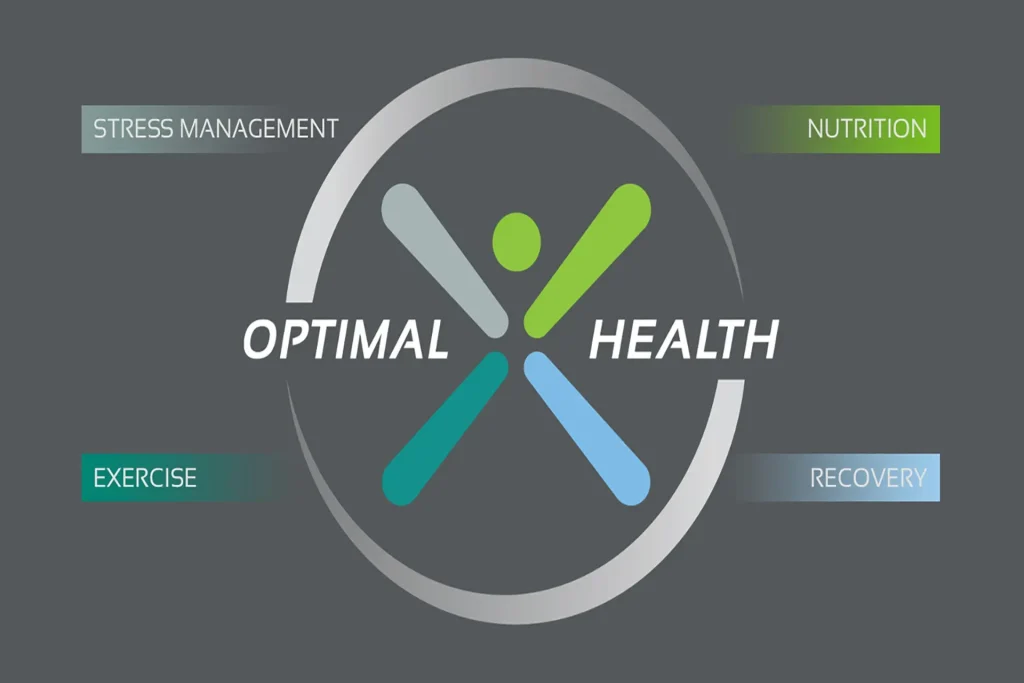The newly announced Whoop Blood Pressure Feature has ignited a significant discussion following a warning from the FDA, which claims that the wearable fitness tracker is promoting an unauthorized medical device. This warning centers around Whoop’s Blood Pressure Insights, designed to use blood pressure data to improve performance and enhance wellness. However, the FDA argues that this feature improperly crosses into the territory of diagnosing, treating, or preventing health conditions, necessitating medical device approval. Whoop asserts that they only aim to provide valuable health insights rather than medical diagnoses, viewing the FDA’s actions as overreaching. This clash between health tech regulation and innovative wellness tracking highlights the complexities surrounding wearable technology in the health management arena, an essential arena for consumers striving for informed health choices.
Introducing the Whoop Blood Pressure Insights feature has sparked controversy in the realm of fitness technology. The latest advancement in this wearable health tech offers users the chance to monitor their cardiovascular data, but the FDA’s recent intervention suggests a deeper tussle over health regulations and device classification. With the line between wellness tracking and medical device diagnostics increasingly blurred, Whoop’s case raises questions about what constitutes health technology. This issue highlights how emerging products attempt to benefit consumers by providing personalized health metrics while also grappling with stringent health tech regulations. As the landscape of wearable tech continues to evolve, the focus on accuracy and consumer safety remains paramount.
Whoop’s Blood Pressure Feature Under FDA Scrutiny
Recently, the FDA issued a warning letter to Whoop regarding its Blood Pressure Insights (BPI) feature, claiming that the company is marketing this wellness tool as a medical device without proper authorization. The FDA contends that by positioning the BPI feature as a means to provide insights related to hypertension management, Whoop is overstepping boundaries set by health tech regulations that govern medical devices. The FDA emphasizes that blood pressure readings can potentially mislead users, thus demanding rigorous testing before such features can be deployed for consumer use.
Whoop argues that its BPI feature is designed merely for performance and wellness insights, differentiating it from medical devices fundamentally intended for diagnosing or managing disease. A spokesperson stated that the platform utilizes blood pressure information to enhance athletic performance without claiming to treat or cure any medical conditions. This debate highlights a broader issue within the health tech sector, where innovative features developed in the realm of wellness must navigate the stringent medical device approval processes established by regulatory bodies like the FDA.
Understanding Health Tech Regulation and Its Impact
Health tech regulation plays a crucial role in ensuring consumer safety and efficacy in devices that monitor health metrics. The FDA’s warning to Whoop reflects the agency’s commitment to maintaining these standards, particularly as wearable fitness trackers gain popularity. By asserting that Whoop’s BPI feature could potentially classify it as a medical device, the FDA is emphasizing that any tool implying health-related diagnoses must undergo meticulous clinical evaluation—a necessity supported by safety concerns that misreadings can have serious health implications.
As the landscape of wearable technology evolves, so too must health tech regulations. The current situation with Whoop exemplifies the growing pains of an industry that is merging wellness and healthcare. While some argue that innovation in wearable technologies should not be stifled by outdated perceptions, it is imperative that these devices are capable of delivering accurate and reliable health data. Engaging in a dialogue between innovators and regulatory bodies is essential in shaping future guidelines that both promote technological advancement and ensure consumer safety.
The Risks of Inaccurate Blood Pressure Readings
Inaccurate blood pressure readings can lead to poor health decisions, particularly for individuals managing pre-existing conditions like hypertension. Experts warn that relying on potentially flawed data from wearables like Whoop can detract from essential medical advice and treatment plans. Dr. Ian Kronish noted the importance of accurate readings, underscoring that even slight discrepancies in blood pressure estimates can result in significant consequences for user health, especially for those vulnerable to cardiovascular diseases.
The FDA’s concerns demonstrate a clear need for wearables to maintain high standards of accuracy in health tracking features. Without appropriate medical device approval, tools that can influence health decisions must be scrutinized to ensure they do not mislead users. Patients are encouraged to consult healthcare professionals regarding the use of such wearable technologies, as they can provide vital context to data obtained from devices like Whoop and help prevent the risks associated with misinterpretation of blood pressure estimates.
Whoop’s Defense Against FDA Allegations
In response to the FDA’s warning, Whoop has maintained a strong stance regarding the classification of its Blood Pressure Insights feature. The company insists that this functionality is not akin to medical devices that are subject to stricter regulatory oversight. A Whoop representative explained that the estimated blood pressure data provided is limited and designed for enhancing wellness, not for diagnosing diseases. They argue that differentiating these metrics from clinical parameters could pave the way for more consumer-friendly health solutions.
Furthermore, Whoop is taking proactive steps by requiring users to input traditional cuff measurements to establish personalized baselines before utilizing the BPI feature. This approach aims to enhance the reliability of the insights offered while minimizing risk associated with potential inaccuracies. Their assertion that blood pressure data should be treated similarly to other wellness metrics reflects an evolving perception in the intersection of health tech and everyday consumer applications, potentially advocating for more flexibility in health regulatory discussions.
Consumer Education and the Role of the FDA
The tension between Whoop and the FDA underscores the vital role of consumer education in the expanding domain of health technology. As wearable devices like Whoop provide increasingly sophisticated health insights, it becomes essential for users to discern what these insights truly mean. Encouraged by Dr. Kronish, consumers should approach such technologies with caution and discuss their use with healthcare providers to better understand the limitations and capabilities of these devices.
With the FDA becoming more involved in consumer education, there’s a promising opportunity to bridge the gap between advanced health technology and public understanding. Educating consumers about the potential risks and misinterpretations associated with unregulated devices can empower users to make informed health decisions, therefore enhancing the overall effectiveness of wearables in tracking fitness and wellness.
The Future of Wearable Fitness Trackers in Healthcare
Despite the current scrutiny from the FDA, the future of wearable fitness trackers like Whoop in the healthcare ecosystem appears bright. As technology advances, so does the potential for these devices to become integral tools in wellness management. Whoop’s willingness to engage critically with regulatory standards speaks to a proactive approach in fostering innovation while ensuring compliance with health tech regulations.
Moreover, as more companies explore tools that monitor health metrics, the call for comprehensive regulatory frameworks becomes increasingly urgent. The FDA’s response to Whoop may set a precedent for future wearable technologies, combining the need for innovation with safety and efficacy. This trend signifies a growing recognition of the transformative power of wearable technology in healthcare, hinting at a future where such devices could serve not only fitness tracking but also play a crucial role in preventative health.
Competitive Landscape of Wearable Devices
Whoop is not alone in its pursuit of innovative blood pressure monitoring capabilities, facing competition from established health tech giants like Omron and Garmin. These companies already produce devices with FDA-approved on-demand blood pressure readings, reflecting a trend where accuracy is paramount. With competitors rapidly advancing their technologies and regulatory compliance, Whoop’s ability to adapt will be critical to its long-term success in this evolving market.
As new players enter the wearable space, manufacturers must stay vigilant regarding FDA guidelines and health tech regulations. The trajectory of health and fitness tracking will likely depend on how effectively these companies navigate the regulatory landscape while still delivering significant health benefits to users. Ensuring that devices are not only innovative but also reliable will remain a core challenge for the wearable technology sector moving forward.
Regulatory Implications for Emerging Technologies
The regulatory landscape for emerging technologies like Whoop’s Blood Pressure Insights feature raises pivotal questions regarding the classification of devices in the wellness sector. As technology continues to evolve at an unprecedented pace, regulatory frameworks must keep in step to avoid stifling innovation while also protecting consumers from potential harm. The FDA’s rigorous scrutiny demonstrates their commitment to public health, underscoring the importance of consultative engagements between tech creators and regulatory bodies.
Future regulations may very well need to introduce more nuanced categorizations that differentiate between wellness-oriented devices and medical devices. This critical distinction could foster an environment where wellness technologies benefit from innovation without compromising safety and efficacy standards. Establishing these parameters would empower manufacturers to design devices that effectively contribute to health management while adhering to the necessary safety protocols set by the FDA.
Navigating the Future of Wellness Tracking
As Whoop continues to navigate its response to the FDA and the implications for its Blood Pressure Insights feature, industry stakeholders must remain vigilant about the evolving nature of wellness tracking technologies. The balance between consumer-driven insights and medically accurate data will be pivotal in shaping how devices are received in the market. For users, it will be essential to adopt a patient-centered approach to understanding the capabilities and limitations of wearables.
Looking ahead, the future of wellness tracking appears promising yet complicated. By fostering a collaborative dialogue between technology innovators and regulatory authorities, companies like Whoop can imagine new possibilities for wearable features. The ultimate goal will be to improve user health outcomes across diverse demographics, empowering individuals to take charge of their health while understanding the regulatory context of the devices they use.
Frequently Asked Questions
What is the Whoop Blood Pressure Feature and how does it work?
The Whoop Blood Pressure Feature, also known as Blood Pressure Insights (BPI), uses blood pressure data to provide users with performance and wellness insights. This feature is designed to inform consumers about their estimated systolic and diastolic blood pressure ranges, enhancing their athletic performance without being classified as a medical device.
Why did the FDA issue a warning regarding the Whoop Blood Pressure Feature?
The FDA issued a warning because it claims that Whoop is marketing an unauthorized medical device through its Blood Pressure Insights feature, which could diagnose, treat, or prevent health conditions. The FDA views this as a significant regulatory concern, necessitating proper medical device approval.
How does Whoop defend its Blood Pressure Insights feature against FDA claims?
Whoop argues that its Blood Pressure Insights feature is not intended for medical purposes but rather offers wellness insights by providing a daily estimated range of blood pressure. The company believes the FDA is overstepping by attempting to regulate this feature as a medical device.
What are the implications of the FDA’s warning for Whoop users?
The FDA’s warning suggests that Whoop may need to alter the marketing and functionality of its Blood Pressure Insights feature to comply with health tech regulations. Users should consult their healthcare providers for comprehensive blood pressure monitoring rather than relying solely on this feature.
Are there other companies offering similar blood pressure monitoring features?
Yes, other companies like Omron and Garmin offer regulated medical blood pressure monitoring devices, while Samsung has blood pressure technology that is not currently available in the U.S. Apple is also working on incorporating blood pressure sensors in their devices.
What should consumers consider regarding the accuracy of the Whoop Blood Pressure Feature?
Consumers should be cautious about the accuracy of the Whoop Blood Pressure Insights feature, as the FDA has raised concerns that inaccuracies in blood pressure readings could lead to poor health decisions. It’s advisable for users to verify their readings with traditional cuff devices and consult healthcare professionals.
How does Whoop’s Blood Pressure Insights feature compare to traditional blood pressure devices?
Unlike traditional blood pressure devices that provide clinical measurements, Whoop’s Blood Pressure Insights feature estimates blood pressure to offer wellness insights. It requires users to log three traditional cuff readings to establish baseline data before utilizing the feature.
What potential actions could the FDA take against Whoop regarding the Blood Pressure Feature?
The FDA may initiate regulatory actions against Whoop, including product seizure, injunctions, or civil monetary penalties, if the company does not adequately address the violations outlined in the warning letter regarding its Blood Pressure Insights feature.
| Key Aspects | Details |
|---|---|
| FDA Warning | The FDA issued a warning to Whoop regarding its Blood Pressure Insights feature. |
| Unauthorized Medical Device | The FDA claims Whoop is marketing an unauthorized medical device. |
| Whoop’s Defense | Whoop argues its BPI feature provides wellness insights, not medical diagnostics. |
| Risks of Inaccurate Readings | The FDA warns that inaccurate blood pressure readings can lead to serious health consequences. |
| Establishment of Baseline | Users must provide three traditional cuff readings to access BPI. |
| Regulatory Actions | Whoop may face penalties if it does not address FDA’s violations. |
| Market Context | Other companies like Omron and Garmin are also exploring blood pressure monitoring. |
| Concerns from Experts | Experts highlight the potential of wearables for health management amidst accuracy concerns. |
Summary
Whoop Blood Pressure Feature has become a point of contention following the FDA’s warning about its unauthorized medical device status. This has led to a broader discussion on the balance between consumer wellness technology and regulatory standards. Whoop maintains that its feature is designed to provide valuable insights into athletic performance rather than medical diagnosis, while the FDA argues that accuracy in estimating blood pressure is critical for health safety. As both sides navigate this issue, the outcomes could reshape how wearable technologies are integrated into personal health management.



